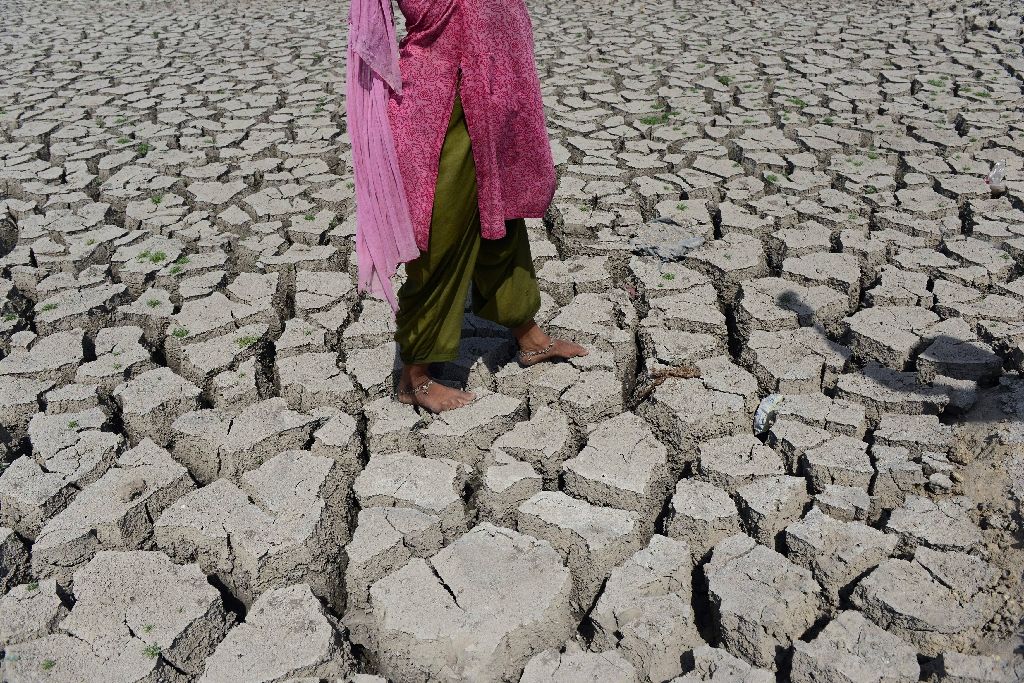Upward trend
The main reason for the rise is the burning of fossil fuels like oil and gas, which send carbon dioxide, methane and other pollutants known as greenhouse gasses into the atmosphere and warm the planet.
The mounting toll of industrialization on the Earth’s natural balance is increasingly apparent in the record books of recent decades.
“Since the start of the 21st century, the annual global temperature record has been broken five times (2005, 2010, 2014, 2015 and 2016),” said NOAA.
Another factor has been the Pacific Ocean warming trend of El Nino, which experts say exacerbates the planet’s already rising warmth.
El Nino comes and goes. The latest episode became particularly strong in 2015, and subsided about halfway through 2016.
But El Nino was responsible for just a small fraction of last year’s warmth, according to Peter Stott, acting director of Britain’s Met Office Hadley Center.
“The main contributor to warming over the last 150 years is human influence on climate from increasing greenhouse gases in the atmosphere,” he said.
This year is likely be cooler, but probably not by much, said Gavin Schmidt, director of NASA’s Goddard Institute for Space Studies in New York.
“Because the long-term trends are so clear, it is still going to be a top-five year in our analysis. I’m pretty confident about that.” he told reporters.
– Scenes from a warming world –
Last year, all of North America was the warmest since records began in 1910, breaking that region’s last record set in 1998.
Europe and Asia each saw their third hottest years on record, while Australia marked its fourth warmest year since records began more than a century ago.
Unusual spikes in temperature were seen in Phalodi, India, which reached 124 F (51 C) on May 19 — marking India’s hottest temperature ever.
Dehloran, Iran hit 127 F (53 C) on July 22, a new national record.
Meanwhile, Mitribah, Kuwait hit an all-time high of 129 F (54 C) on July 21, which may be the highest temperature ever recorded in all of Asia, NOAA said.
Planet-wide, the heat led to more melting at the poles. In the Arctic, average annual sea ice extent was approximately 3.92 million square miles (10.2 million square kilometers), the smallest annual average in the record, NOAA said.
Antarctic annual sea ice extent was the second smallest on record.
Dangers
Unusually hot years wreak havoc on the planet by increasing rainfall in some parts of the world while leading to drought in others, damaging crops.
Fish and birds must migrate farther than ever to find suitable temperatures and habitats.
Diseases can spread faster in the warming waters, sickening marine life and killing corals.
Glaciers and polar ice caps melt, accelerating sea level rise that will eventually swallow many of the globe’s coastal communities, home to some one billion people.
Experts say the only solution is to reduce our dependence on fossil fuels, in favor of Earth-friendly renewable energy such as wind and solar.
“Climate change is one of the great challenges of the twenty first century and shows no signs of slowing down,” said Mark Maslin, professor of climatology at University College London.
“The decarbonization of the global economy is the ultimate goal to prevent the worst effects of climate change.”
Source: Manila Bulletin | 19 January 2017














